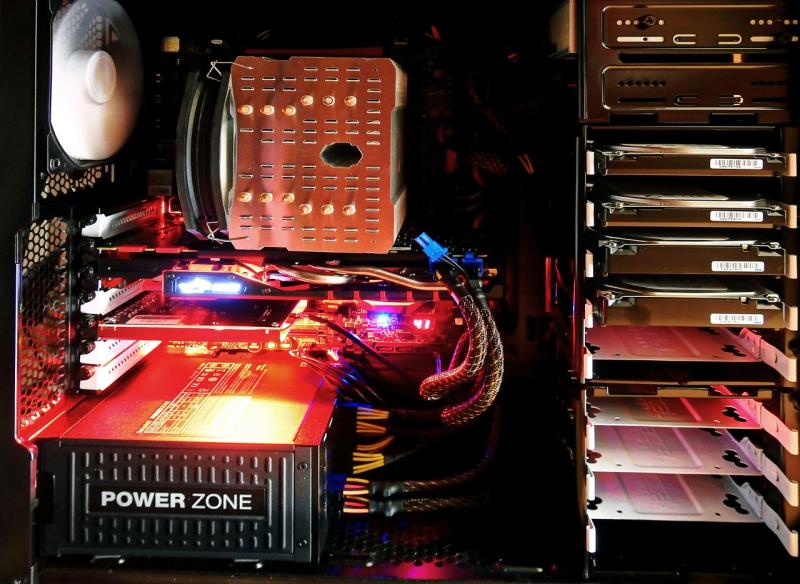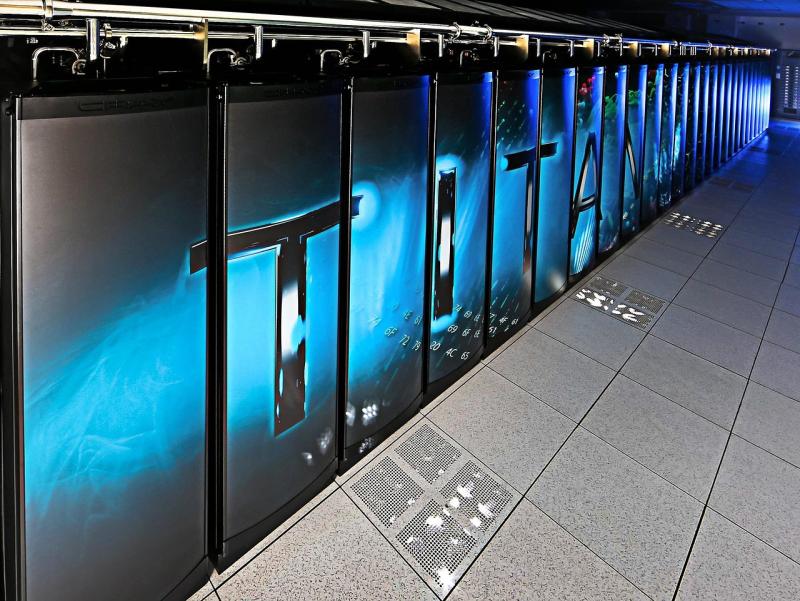Understanding human motion and biomechanics is key to advancing fields like sports science, rehabilitation, and ergonomic design. Workstations purpose-built for these disciplines combine high-performance computing, visualization tools, and data analysis capabilities to study complex human movements and physical interactions. These systems empower professionals to optimize performance, prevent injuries, and improve quality of life through data-driven insights.
---
### **Processing Power for Motion Simulations**
Biomechanics involves analyzing physical movements, simulating forces, and modeling anatomical structures. These workstations are equipped with powerful multi-core processors that support resource-intensive tasks like inverse kinematics, musculoskeletal modeling, and finite element analysis. From optimizing athletic performance to designing supportive exoskeletons, these CPUs ensure precise and efficient computations.
---
### **Advanced GPUs for Realistic Visualization**
Human motion studies often require visualizing anatomical models, joint movements, and dynamic simulations. These workstations feature high-end GPUs capable of rendering complex 3D models and real-time motion captures. The ability to visualize muscle activations, stress distributions, and joint angles provides invaluable insights for researchers and practitioners.
For industries working with virtual reality (VR) and augmented reality (AR) systems, these GPUs enable immersive and interactive biomechanical analyses.
---
### **Ample Memory for Complex Workflows**
Biomechanical research often integrates data from multiple sources, including motion capture systems, force plates, and medical imaging. These workstations provide generous RAM configurations, ranging from 128GB to 512GB or more, ensuring smooth multitasking when running detailed simulations, analyzing data, and visualizing results simultaneously.
---
### **Optimized Storage for Research Data**
Biomechanical studies generate large datasets, including motion capture recordings, simulation outputs, and subject-specific anatomical models. These workstations combine fast NVMe SSDs for real-time data access with high-capacity HDDs or RAID setups for securely archiving sensitive research information. This architecture ensures efficient management of both active and legacy datasets.
---
### **Compatibility with Biomechanics Software**
These workstations are fully compatible with specialized software tools used in biomechanics and human motion analysis, such as OpenSim, AnyBody Modeling System, and MATLAB. GPU acceleration enhances performance for tasks like muscle force estimation, balance simulations, and gait analysis.
---
### **Applications Across Human Motion and Biomechanics**
Workstations for biomechanics and motion analysis support a wide range of applications across disciplines:
- **Sports Science:** Optimize athletic performance, reduce injury risk, and develop advanced training programs.
- **Rehabilitation:** Design personalized therapies and assistive devices for patients recovering from injuries or surgeries.
- **Ergonomics:** Analyze workplace movements, prevent repetitive strain injuries, and design human-centered tools.
- **Healthcare:** Study joint replacements, prosthetic designs, and physical therapy outcomes.
- **Wearable Technology:** Develop motion-tracking devices and real-time feedback systems for improved movement.
These systems empower experts to leverage biomechanical data for innovation and impactful solutions.
---
### **Reliability for Prolonged Studies**
Biomechanics workflows often involve extended simulation runs and detailed data analyses. These workstations are built with industrial-grade components and efficient cooling systems to ensure stable performance over long sessions. This reliability is critical for professionals conducting time-sensitive or longitudinal research.
---
### **Future-Proof for Emerging Challenges**
As biomechanics continues to evolve, the demands for advanced computing and modeling capabilities will grow. These workstations are designed with scalability in mind, allowing for upgrades to processors, GPUs, and memory to accommodate cutting-edge tools and larger datasets.
---
**Unlocking Human Potential**
Workstations for biomechanics and human motion analysis provide the tools to study and improve the ways humans move and interact with their environment. By delivering high computational power, advanced visualization, and reliable storage solutions, these systems empower professionals to pioneer advancements in health, performance, and design. Whether you're enhancing athletic techniques or creating life-changing prosthetics, these workstations bring biomechanical visions to life.
View our related products
See more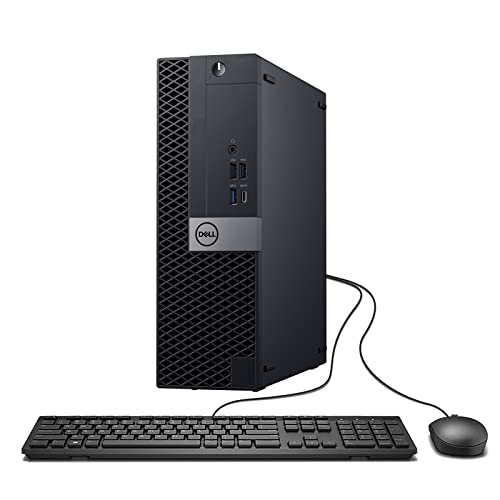
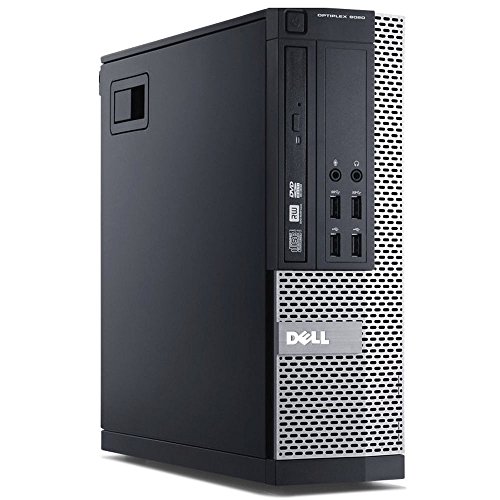
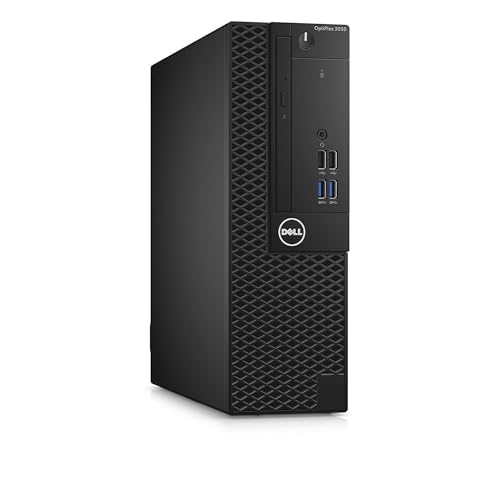
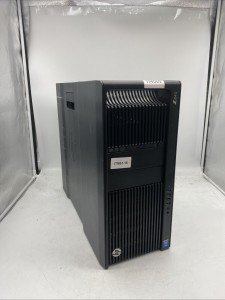
Workstations for Advanced Biomechanics and Human Motion Analysis
Explore the Best Workstations for Cutting-Edge Movement Science
Related Articles
Essential High-Performance PC Components You Need Now
Upgrade your setup with the must-have parts for unbeatable gaming and productivity
Top Picks for Best High-Performance PCs
Find the perfect power machine for gaming, work, or creative projects
Your Guide to the Best High-Performance PCs
Find the Right PC for Your Gaming and Creative Needs
View our related products
See more



